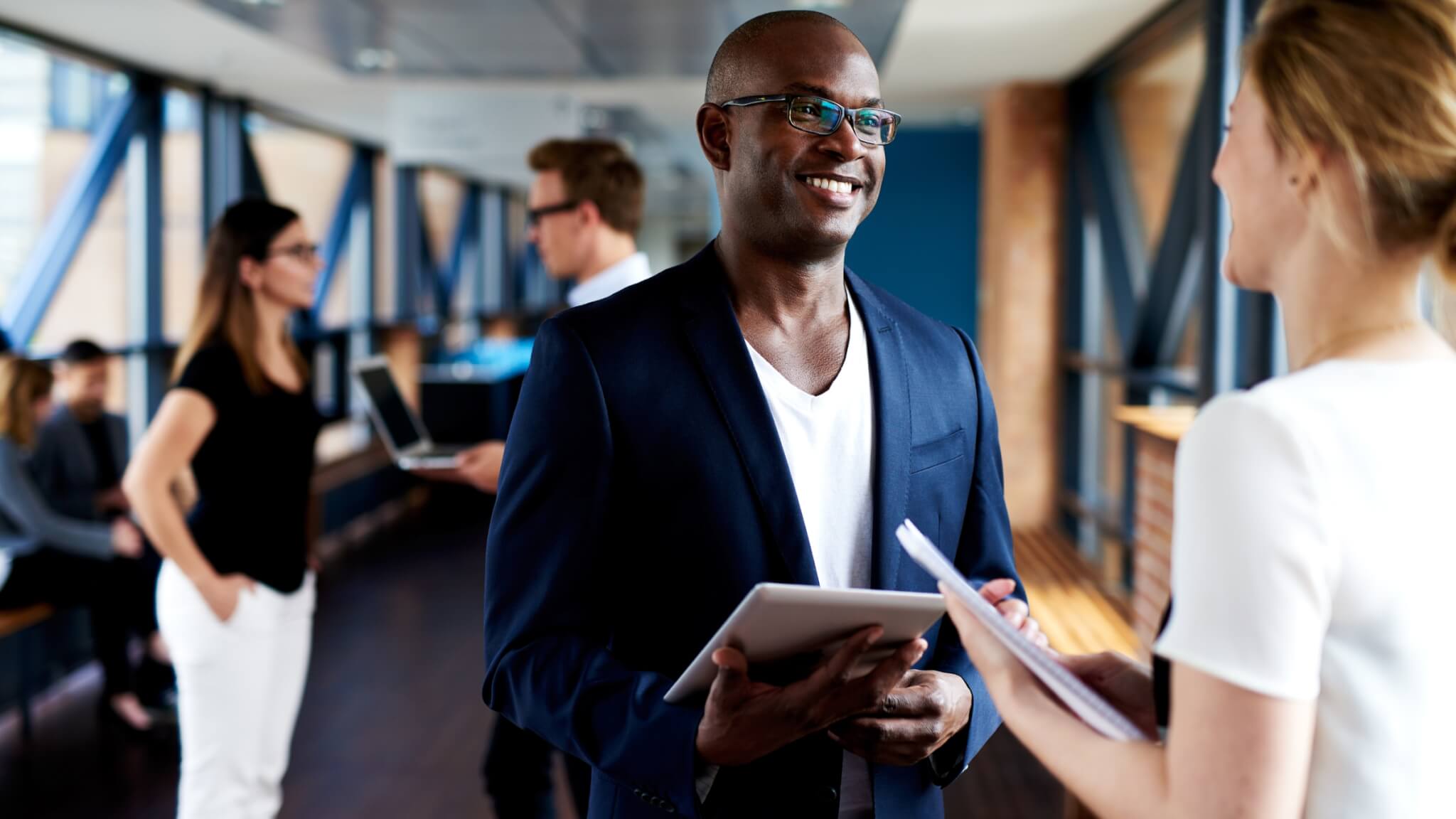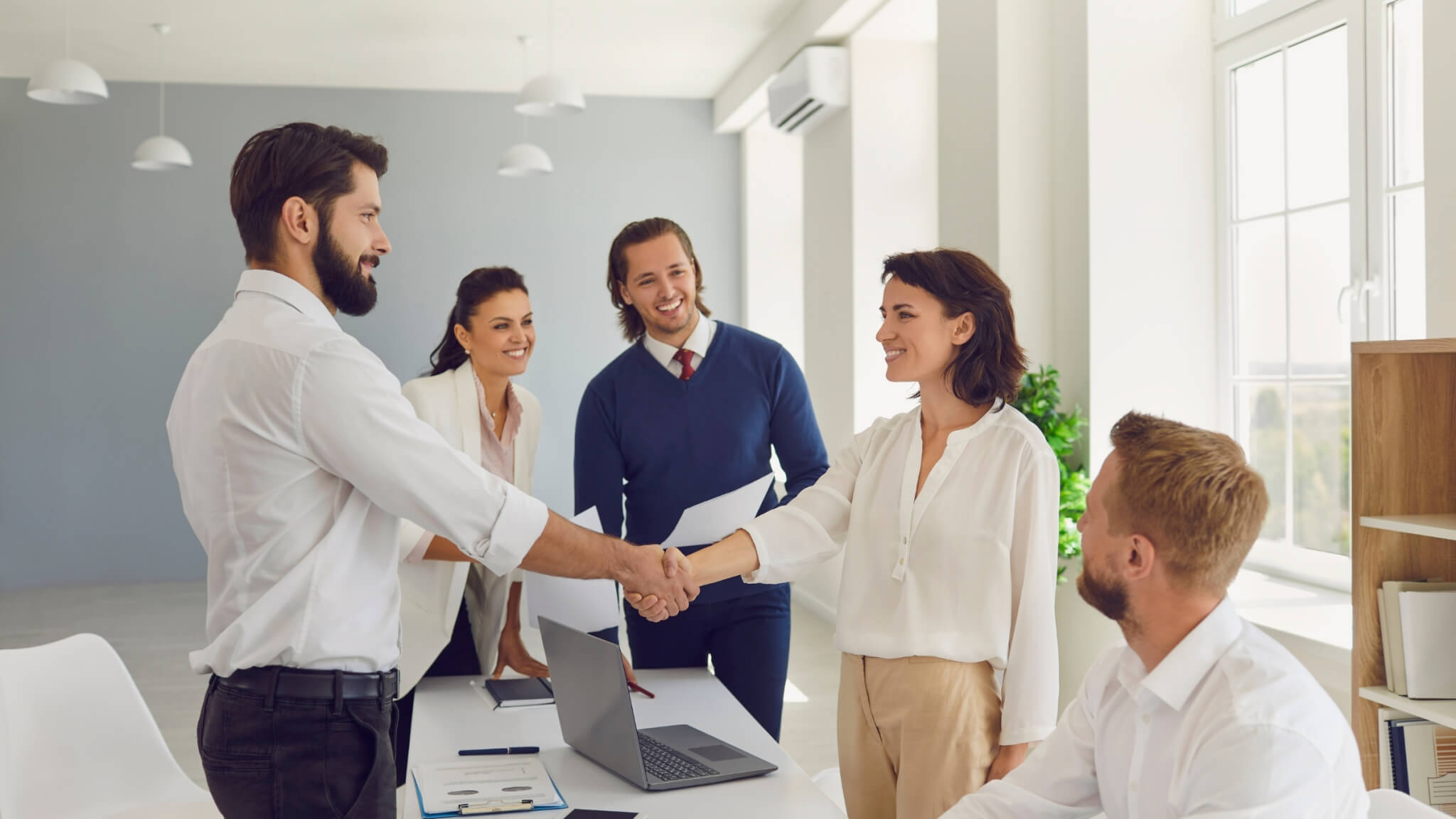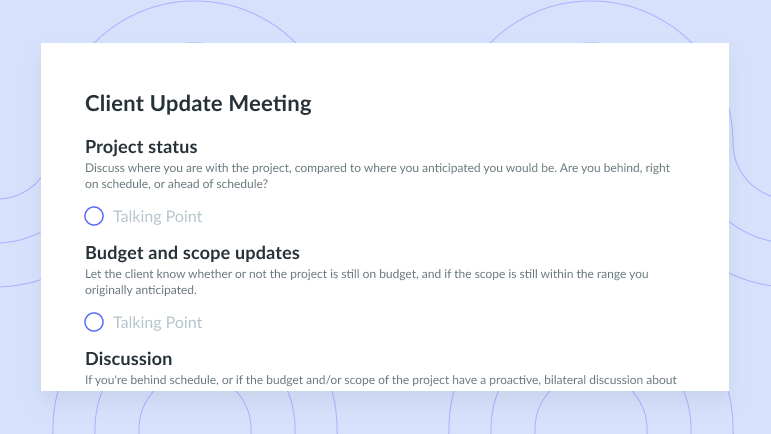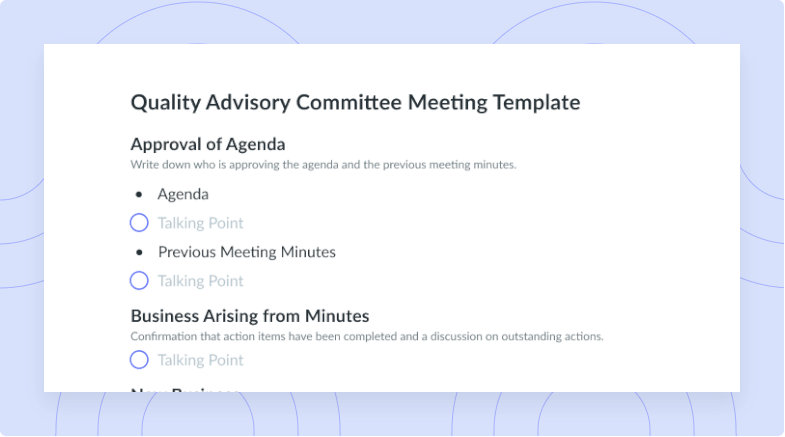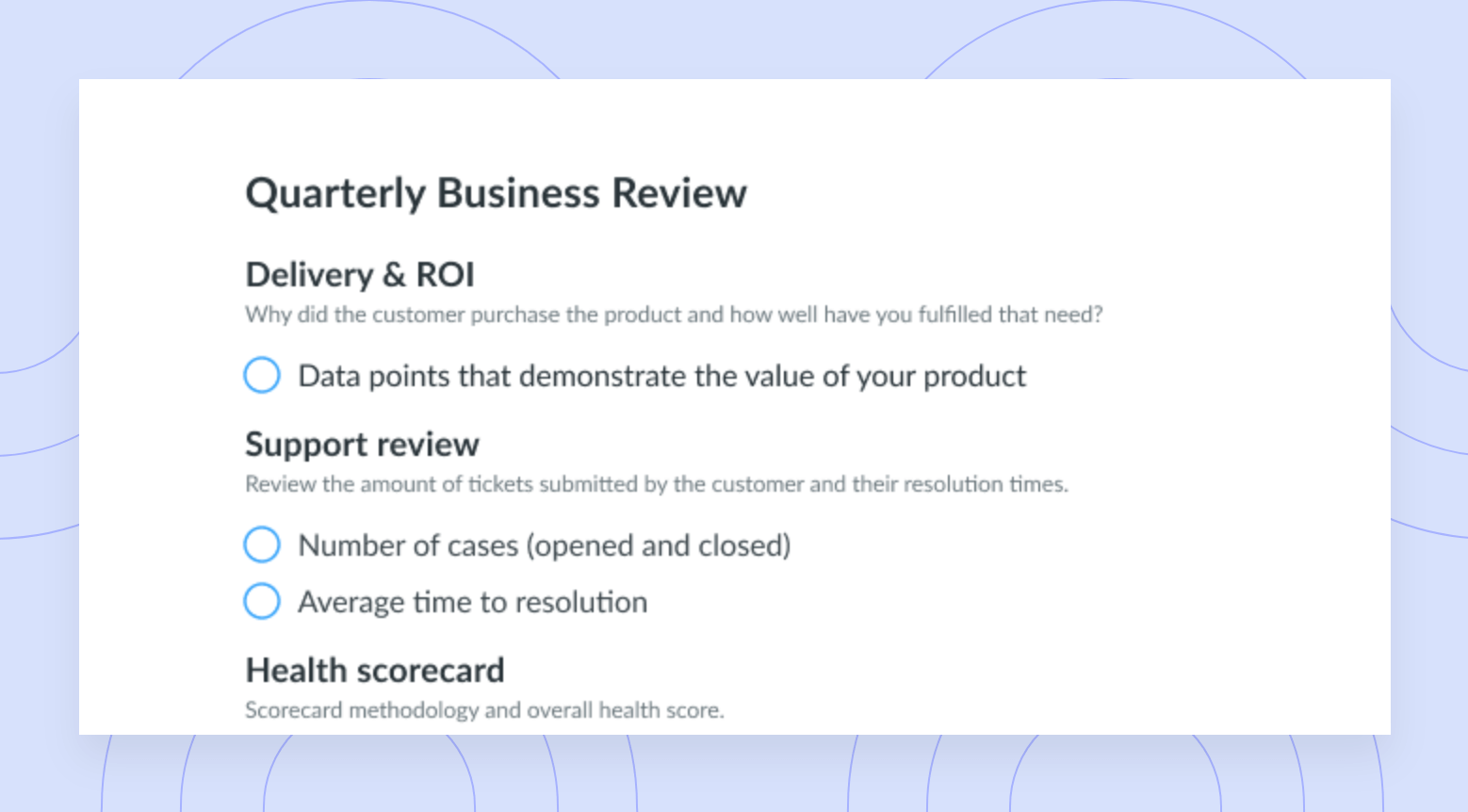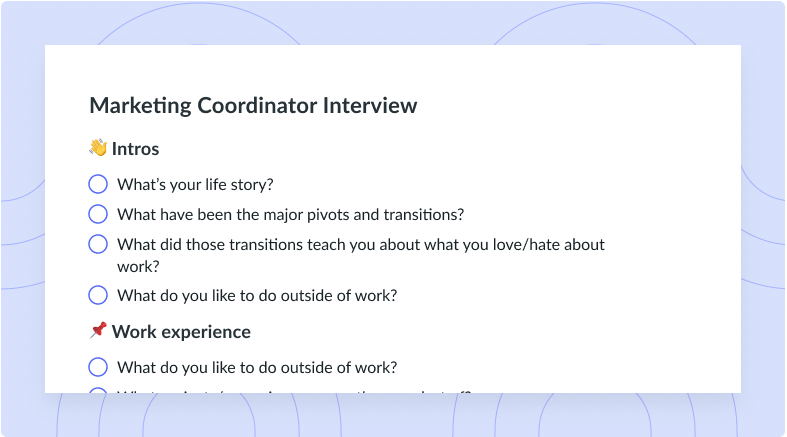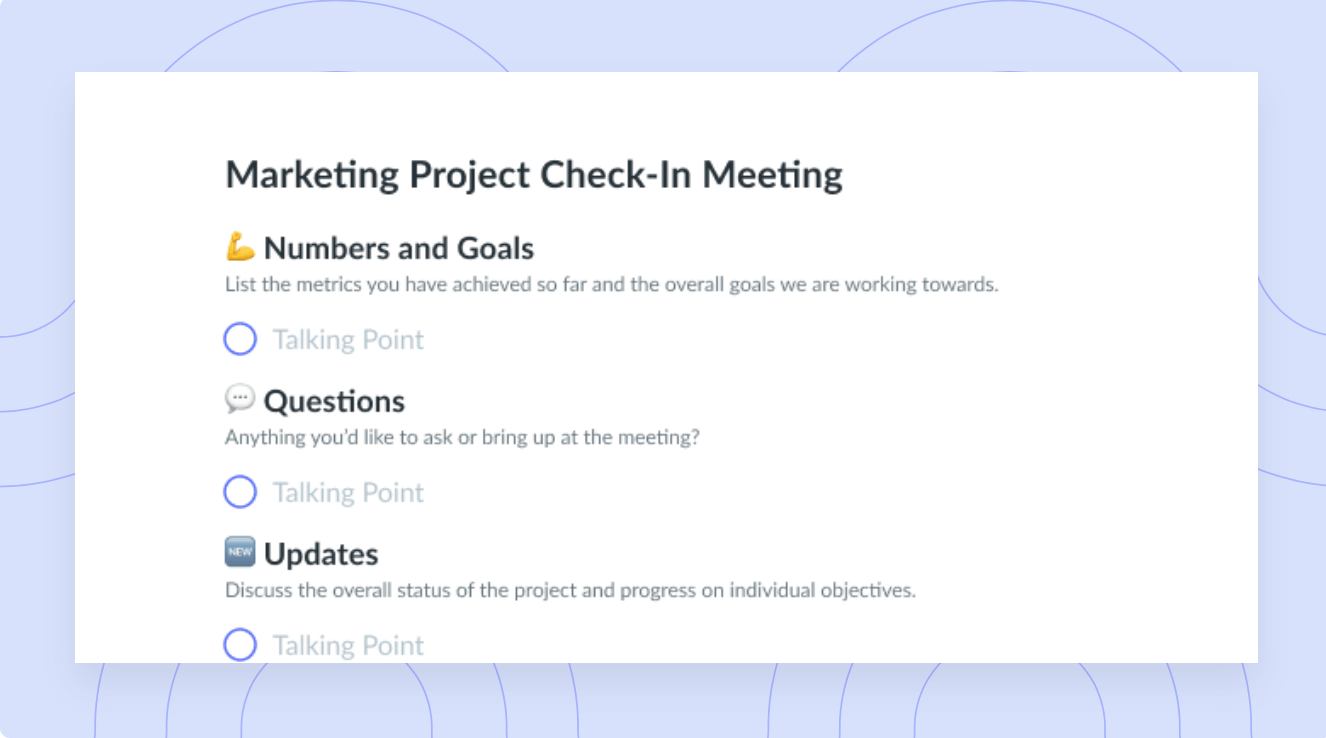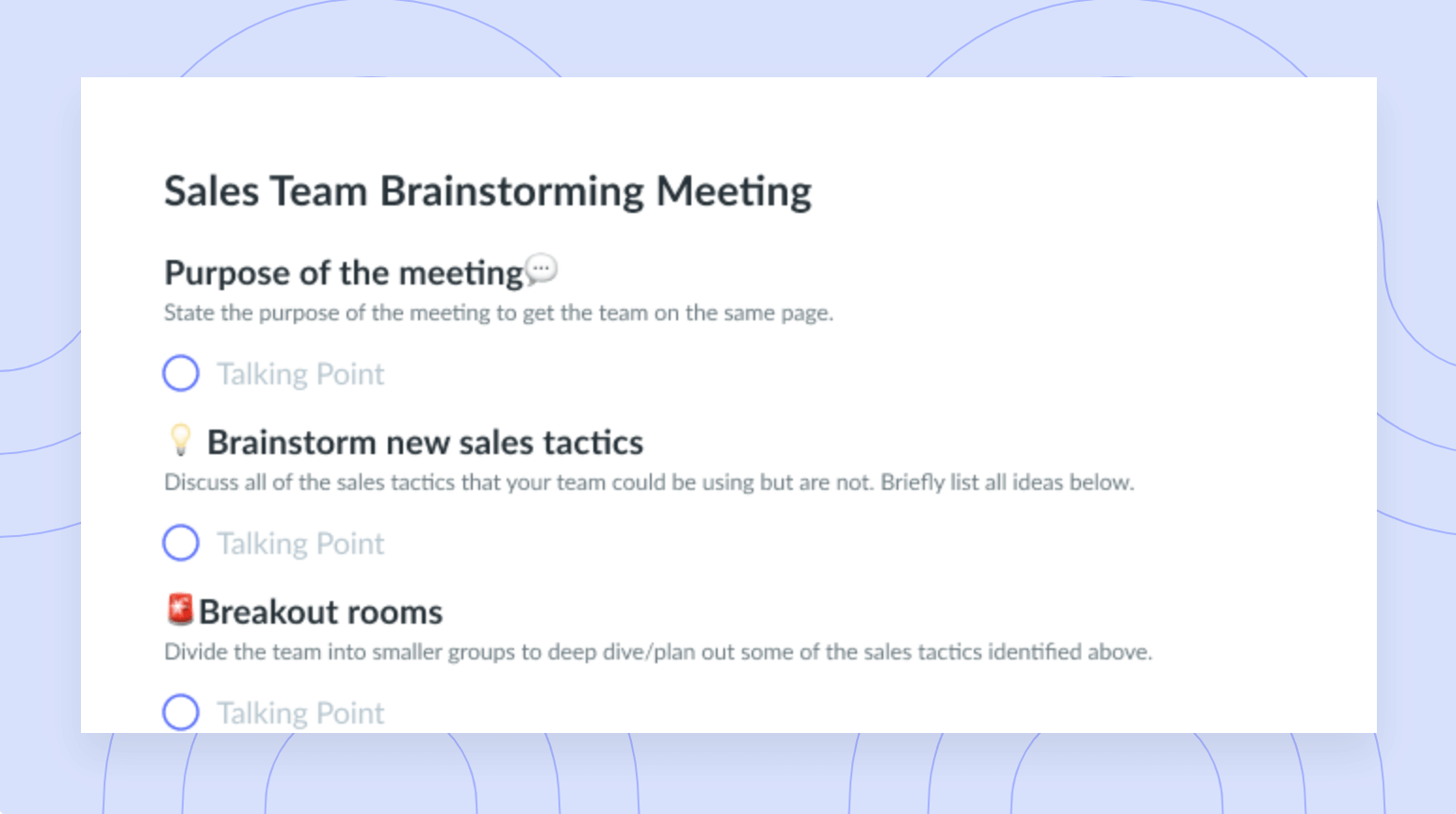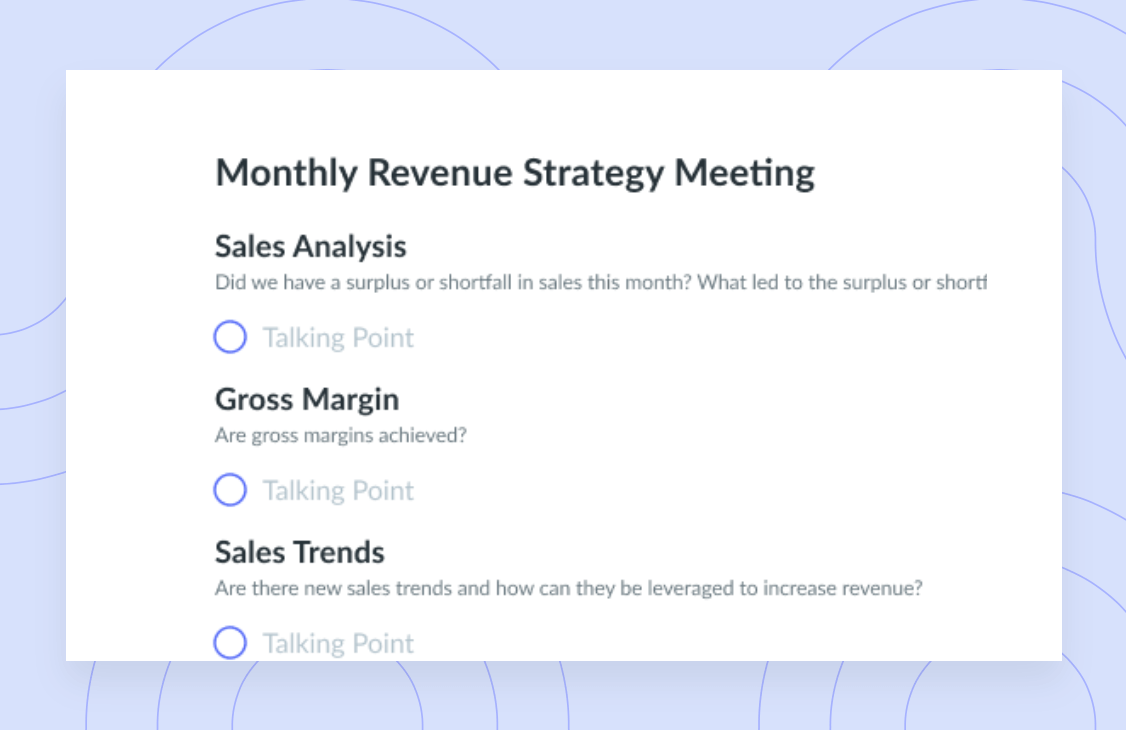6 Practical Tips to Manage Distractions and Boost Productivity at Work
Best-selling author Nir Eyal reveals the psychology behind distraction and six best practices to increase your team's productivity.
Do you feel that you’re constantly distracted by notifications, people around you, or the urge to multitask?
You’re not alone.
We live in an age of ever-increasing demands for our attention. In fact, a study by Udemy shows that 3 out of 4 workers admit they feel distracted at work, with 16 percent asserting that they’re almost always distracted.
Think about that for a second.
If you can teach your team to be indistractable (and become indistractable yourself), you’ll be performing at a higher level than 70 percent of people.
So, how can you and your team learn to manage distractions – and become more productive as a result? We sat down with Nir Eyal (time management expert and best-selling author of Hooked and Indistractable) to find out.
According to Nir, becoming indistractable starts with understanding what a distraction is.
What is a distraction?
The best place to understand what distraction is is to understand what distraction is not. According to Nir Eyal, most people believe that the opposite of distraction is focus. However, that’s not exactly right.
“The opposite of distraction is traction,” says Nir Eyal. “If you look at the origin of both words, both come from the same Latin root trahere, which means to pull. So traction, by definition is any position that pulls you towards what you say you’re going to do. It pulls you towards your values. It helps you become the kind of person you want to become. Those are acts of attraction.”
Based on that definition of the word Traction, we can say that Distractions are the actions that pull you away from your values and the person you want to become.

What causes distraction?
According to Nir Eyal, there are two kinds of triggers that cause distraction: external triggers and internal triggers.
“External triggers are what most people think about when they think about distraction,” says Nir. “But what turns out to be the much more common source of distraction… the number one source of distraction… is not what’s happening outside of us, but rather what we find is that distraction begins from within. If you look at what distracts people throughout their day, it’s not things outside of them. It’s what’s going on in their heads. It’s boredom, loneliness, fatigue, anxiety, uncertainty. It’s these feelings that we seek to escape from.”
If you want to become indistractable, acknowledging your discomfort is a great first step. Next time you get the urge to pick up your phone, take some time to acknowledge how you’re feeling and identify the emotion that’s prompting you to waste time.
“All human behavior is driven by a desire to escape discomfort. That means that time management is pain management,” says Nir Eyal.
Now that you know the definition and cause of distraction, it’s time to learn some specific ways to master the internal and external triggers we face on a daily basis.
6 tips to manage distractions at work
- Surf the urge with the 10-minute rule
- Make time for traction
- Schedule syncing between managers and direct reports
- Schedule time for reflective work
- Let people know when you’re doing deep work
- Label your emails based on when you need to reply
1 Surf the urge with the 10-minute rule
One of the techniques that Nir recommends is called the 10-minute rule, a practice that he learned when studying Acceptance and Commitment Therapy.
Basically, the 10-minute rule says that you should wait 10 minutes before giving into an urge. Why is this so powerful? Nir Eyal explains that just telling yourself “no” can actually backfire and make the feeling of discomfort worse.
“We know now that abstinence can actually backfire. That telling yourself ‘no don’t do that’ can actually make it worse,” says Nir Eyal. “So instead, we don’t say no, we say not yet. And how does that express itself? We tell ourselves: okay, I can do that thing that I know is going to take me off track, but not right now. I will do it in 10 minutes. And for those 10 minutes, what you do is you do what’s called surfing the urge. Because these urges, these sensations, these uncomfortable feelings, they feel like they’re gonna last forever in the moment, but of course they never do. They’re like waves they crest and then they subside. So if you can outlast that emotional peak, you can overcome it.”
Next time you get that urge to check your phone, or eat that chocolate cake, make sure to acknowledge what you’re feeling and surf the urge for 10 minutes. 🏄♀️
According to Nir’s experience, the urge to get distracted will probably disappear after that.
“In just 10 minutes of surfing that urge, what you will find is, 9 times out of 10, that urge to check the email, or eat the chocolate cake, or smoke a cigarette, will have crested and subsided. And now you’re more powerful than that urge. You’ve overcome it,” says Nir Eyal.

2 Make time for traction (timeboxing)
A study by PPAI Research found that two thirds of Americans don’t keep a daily schedule. Unfortunately, this means that the majority of people have no real plans for how they want to spend their day and end up letting others decide how they are spending their time.
“The point here is that if you don’t have time on your calendar to live out your values, somebody is going to plan it for you,” says Nir Eyal. “And there are so many people out in the world today that have an incentive to get you to spend your time the way THEY want. Whether it’s your boss, your kids, the news media, or social media… people monetize your time and attention. You know, there’s a reason we call it paying attention. We don’t GIVE attention, we PAY attention.”
One of the best ways to consciously plan your time is using a time management technique called Time Boxing – which involves planning out your day based on your values and priorities.
If one of your values is to be a good parent or partner, make sure to schedule a specific time in your day to live and practice those values. Similarly, if one of your priorities at work is to finish a big assignment, schedule time on your calendar to work on that and let others know that you’re doing deep work.
“Whether it’s taking care of yourself, your relationships or your work, make time for those things in your day,” says Nir Eyal. “Whatever it might be, when you have that time on your calendar plan, that’s traction, and everything else is a distraction.”
3 Schedule syncing between managers and direct reports
Here’s a life-changing practice we learned from Nir Eyal: Spend some time coaching your direct reports on how they’re using their time. This technique is called schedule syncing – and it will help you ensure that everyone on your team is working on their most important priorities.
From the direct report’s perspective, this is a great way to manage-up:
“This is managing your manager,” says Nir Eyal. “What you do is you show them this calendar of what you plan to do, or what you weren’t able to fill in for the week ahead, and you let them reprioritize for you. That process of having this check-in with your manager and saying ‘here’s how I intend to spend my time. Can we do a quick schedule sync?’ It takes 15 minutes a week, and it will completely change your work life.”
Pro Tip
Use your one-on-one meetings with direct reports to coach them on their priorities and use of time!
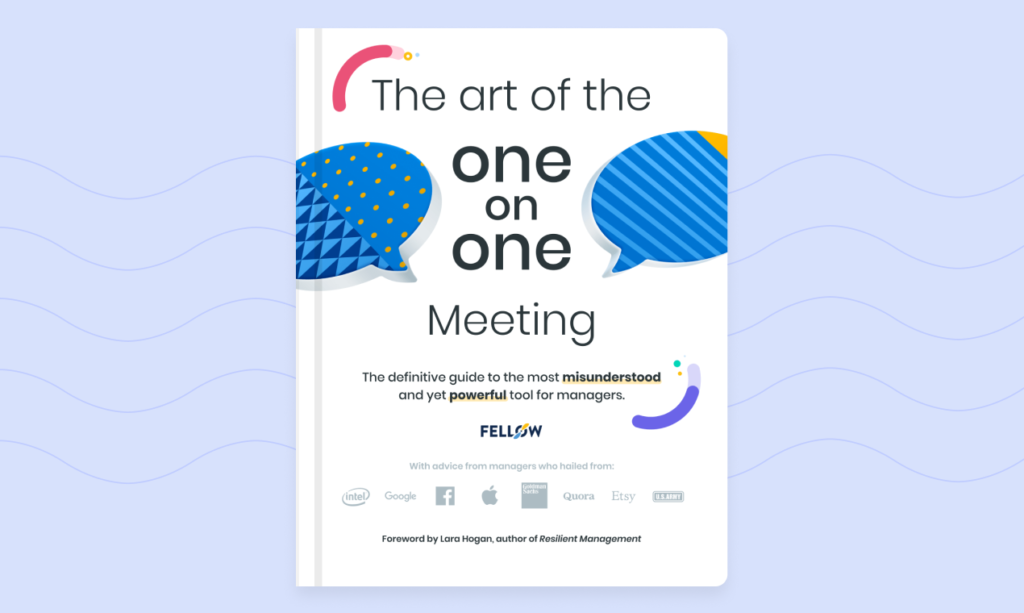
4 Schedule time for reflective work
For many people, work involves responding and reacting to emails, messages, and notifications on an ongoing basis. This is what Nir Eyal calls reactive work.
The problem is, most of us think that our entire day should be about being reactive – which isn’t necessarily true.
“If you want to beat your competition, if you want to be the best person in your workplace, I’m going to give you a competitive advantage. I’m going to give you the secret to getting ahead,” says Nir Eyal. “Think. Make time to think. Do you know why? Because nobody’s doing it.”
When was the last time you scheduled some time to think about your strategy or the goals you’re working towards? According to Nir Eyal, an important part of becoming indistractable is to allocate specific time in your calendar to think about your priorities and opportunities for improvement.
“You have to make time in your day, even if it’s 30 minutes, an hour, it doesn’t matter. Some time in your day to think… because what we see today, and I’m guessing probably 90 percent of people reading right now do this: We’re running really fast, but we never ask ourselves if we’re running in the right direction,” says Nir Eyal.
If you want your team to run in the right direction, encourage them to reserve some time for reflective work.

5 Let people know when you’re doing deep work
Once you’ve scheduled specific times to do that reflective work, make sure you let people around you know that you don’t want to be interrupted. In other words, hack back the external triggers.
If you’re working at the office, Nir recommends printing a sign that says “I’m Indistractable” and placing it on your desk when you don’t want to be interrupted.
Whether it is a sign, a big pair of headphones, or a Slack status, the important thing is letting your colleagues know when you’re doing deep work, and respecting people’s time when they’re trying to focus.
But what happens when you work from home?
Nir and his family use “concentration crowns” to let each other know that they don’t want to be interrupted.
“This is going to change your life if you have kids, says Nir Eyal. “If you have little ones at home and you find that they might interrupt you, here’s what I want you to do. Go around your house and find the silliest hat. This is what we call the concentration crown. We sat down with my daughter and we said: look, when daddy’s wearing this hat, that means that he can’t be interrupted. And so she knows if she sees me with this hat, that means that I can’t be interrupted right now.”
If you want to become indistractable, you need to ask your family, friends, and colleagues to be conscious of your time and attention.
Pro Tip
If you’re a manager, teach your direct reports the concept of Deep Work and encourage them to use Slack statuses or automated emails to let others know that they won’t reply immediately.
6 Label your emails based on when you need to reply
How many hours a day would you say you spend checking your email?
Researchers writing in the Harvard Business Review have concluded that the average professional spends 28% of the work day reading and answering emails.
For the average full-time worker, that adds up to 2.6 hours per day. 🤯
Luckily, Nir Eyal shared a very practical tip with us: schedule specific times to check your emails, and label those emails based on when you need to reply. Here’s what that looks like in practice:
- Schedule 15 minutes every morning to label your emails.
- If an email is urgent, you’re going to label it with “today”.
- Tag all other emails with the label “this week”.
- Check only the urgent emails that day (during a specific time in your calendar).
- Schedule some time block later in the week to reply to all the unurgent emails.
“If you want to receive fewer emails, you have to send fewer emails,” says Nir Eyal. “So by just replying to the ones that are easy to reply to, we’re actually hurting ourselves because… you know what’s going to happen next… we’re going to keep playing this ping pong game of hitting reply. So we want to slow that down. And the way we do that is by only responding to the urgent emails today. And then leaving the ones that don’t need a reply immediately… the ones that can be replied to sometime this week, later on.”

Remember these 6 productivity hacks
Congrats, you’re now equipped to become Indistractable (and teach your team to manage their daily distractions).
We hope the strategies and insights here help you coach your team into managing their time more wisely. Here’s a recap of the 6 tips we covered:
- Surf the urge with the 10-minute rule
- Make time for traction (timeboxing)
- Sync your schedule with your manager or direct report
- Schedule time for reflective work
- Let people know when you’re doing deep work
- Label your emails based on when you need to reply
You can learn more about Nir Eyal’s book, Indistractable here.
If you need more leadership, productivity, or meeting insights, you can check out other articles in the Fellow Blog 👋


![Asynchronous Work: 7 Tips for Your Team [+ Free Template]](https://fellow.app/wp-content/uploads/2023/11/asynchronous-work-2.jpg)




